Battluga Gombo is a man of many impressive achievements. He is a burly, broad shouldered former Mongolian judoka who has represented his country with pride in numerous international sporting competitions. But it’s his passionate zeal to develop cricket in Mongolia that brought him to my attention.
I reached out to Mr. Gombo on social media. What followed was a fascinating phone conversation about the game’s growth in one of the most remote corners of the world.
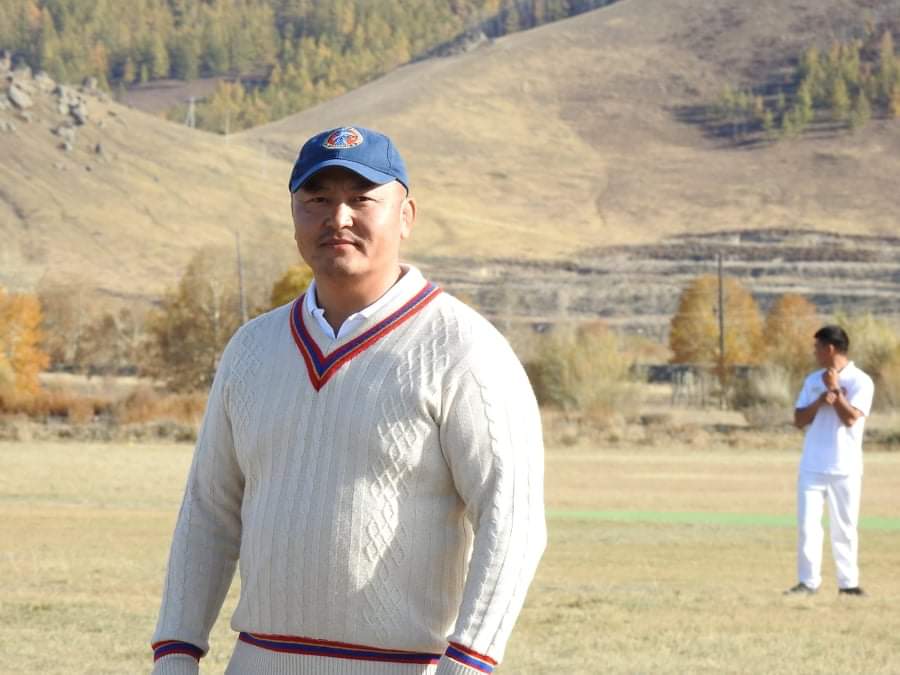
Origins
Gombo’s discovery of cricket was purely accidental. In 2005, he was visiting his wife in Australia where she was a student at Monash University. It was during that trip that he first encountered the game being played in beaches and neighbourhood parks, all over Melbourne’s suburbs.
‘I visited my wife when she was doing her master’s degree in Melbourne. We stayed for five years in Australia. It was the first time that I saw cricket. It reminded me of a similar game that we had played as children in Mongolia; a bat and ball game called Matka. We used to play Matka for hours at a time, on the streets with our neighbours and other kids. It was great fun.’
It was not quite love at first sight, but Gombo’s interest was sufficiently piqued for him to spend hours researching the game online.
‘I talked to several Australians who told me that cricket is an ancient team game from England. I went home and searched on Google to retrieve all cricket information that I could find.’
Ultimately, it was cricket’s strategic nature and the ethos of discipline and teamwork that won him over. Gombo returned to Mongolia with a clear goal: to introduce and grow cricket in a country with no cricket heritage.
In 2007, Gombo established the Mongolian Amateur Cricket Association (now MCA), but he had to wait patiently for another seven years to oversee the next chapter of cricket development.
Present day
The biggest milestone for the sport to date has undoubtedly been the building of the Mongolian Friendship Cricket Ground (MFCG) in Ulaanbaatar. Surrounded by rolling hills in a picturesque location close to the city centre, the ground serves as the official home of Mongolian cricket. It was inaugurated in 2017 and comes equipped with a high-quality artificial turf pitch, nets and a beautiful pavilion built in the traditional Mongolian style.
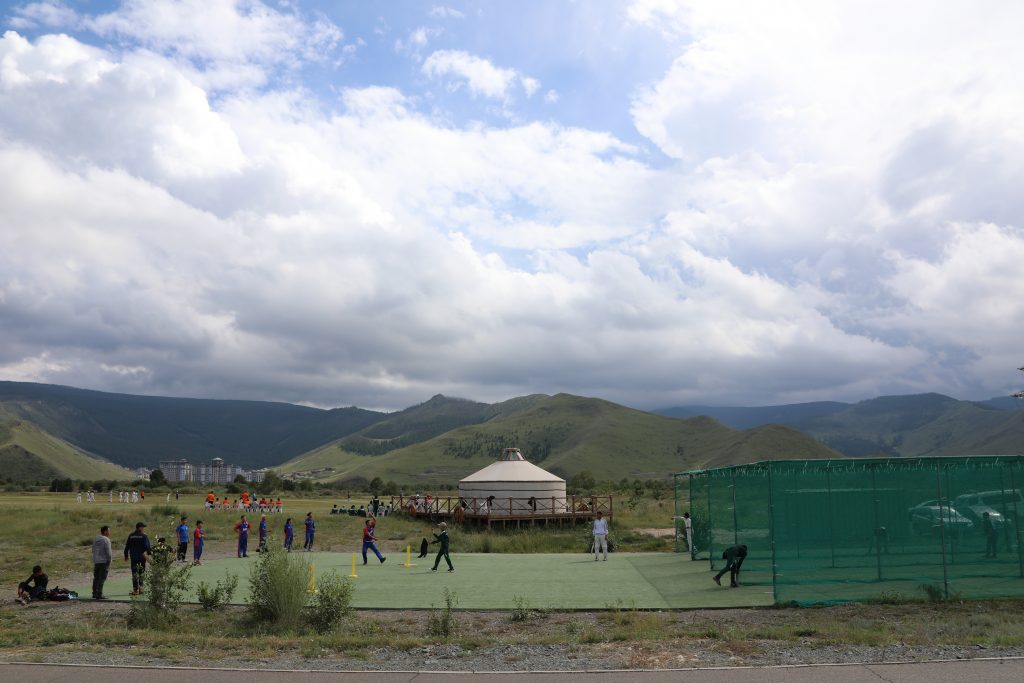
Gombo beams with joy as he expresses pride over the unique design of the pavilion. Nicknamed the ‘Ger-vilion’, it is a cross between a cricket pavilion and a traditional Mongolian portable round tent called ‘ger.’ These huts are used as dwellings by Mongolia’s nomadic herders and have been a distinctive feature of life in the steppes of Central Asia for at least the last 3,000 years.

Gombo is particularly grateful to expatriates from cricketing countries, Australia’s Department of Foreign Affairs and Trade (DFAT) and the multinational mining giant Rio Tinto for their help and sponsorship, which according to him ‘made building the ground and “Ger-vilion” possible.’
Having a permanent home cricket ground has assisted Gombo greatly in his development and outreach efforts. The game has been introduced to five districts of Ulaanbataar as well as six provinces around the country. Over time, the grassroots cricket programme has reached 1,500 kids, of which 400 now are regular participants. Last year, cricket was included in the National Youth Games for the first time. Organised by the Mongolian government and held every three years, the Games are the equivalent of staging a children’s national Olympics.
Mongolian weather and climate change
However, playing cricket in Ulaanbaatar’s frigid climate remains a difficult task. The city is considered by many to be the coldest capital city in the world. Officially, cricket season lasts from May to October but as Gombo explains, ‘even in summer, it can get cold and rainy.’ As we have our conversation on the phone, the outside air temperature there is -15C and it can drop to as low as -40C during a cold Mongolian winter.
Unfortunately, climate change is making things worse. Gombo reflects sadly on how changing temperatures are ravaging his nation.
‘Climate change has a really bad impact on our farmers, especially in the countryside. The weather has changed a lot, especially in the Gobi Desert.’
The livelihood of semi-nomadic Mongolian herders is under threat from frequent ‘dzuds’. These are extreme cold weather conditions that lead to mass death of livestock from critical food and/or water shortages. Speaking to NPR, herder Oyutan Gonchig mentions how he woke up one morning to discover that a ‘dzud’ had destroyed his livestock.
‘Everything was covered by snow. There was no way to distinguish the sheep trails. There were corpses. Some of the surviving animals were trying to find something to eat but couldn’t. It was very difficult to see this.’
Climate change is forcing herders to abandon their traditional lifestyle and move to the city in search of work. Poverty is endemic and half of Ulaanbaatar’s residents do not have access to basic public infrastructure services like water, heating or sewage.
Rising unemployment and poverty levels can affect cricket development negatively, as cricket is an expensive game to play, compared to traditional Mongolian sports. However, Gombo remains confident that cricket can facilitate positive outcomes and improve people’s lives.
Geopolitical threats
In addition to internal problems, Mongolia faces an uncertain future resulting from actions by neighbouring China. Recently, the Chinese Communist Party (CCP) has made authoritarian moves in Inner Mongolia, a semi-autonomous region under China bordering the independent nation of Mongolia.
Questioned on these issues, which have included decrees regarding language instruction in school, the defacing of depictions of Genghis Khan, and the resultant rise of ultra-nationalist and far-right vigilante groups in the country, Gombo strikes a diplomatic tone.
‘It’s a shame. This is the 21st century, we have to be friendly towards each other and respect other cultures. Ordinary Mongolians don’t like such policies but then the Chinese government is very strong.’
He actually sees cricket as a vehicle to build up mutually beneficial relationships with other countries. ‘Maybe we have to teach them the values of cricket. You know things like teamwork, respect and treating others with kindness’, he adds jokingly.
Facilities and equipment
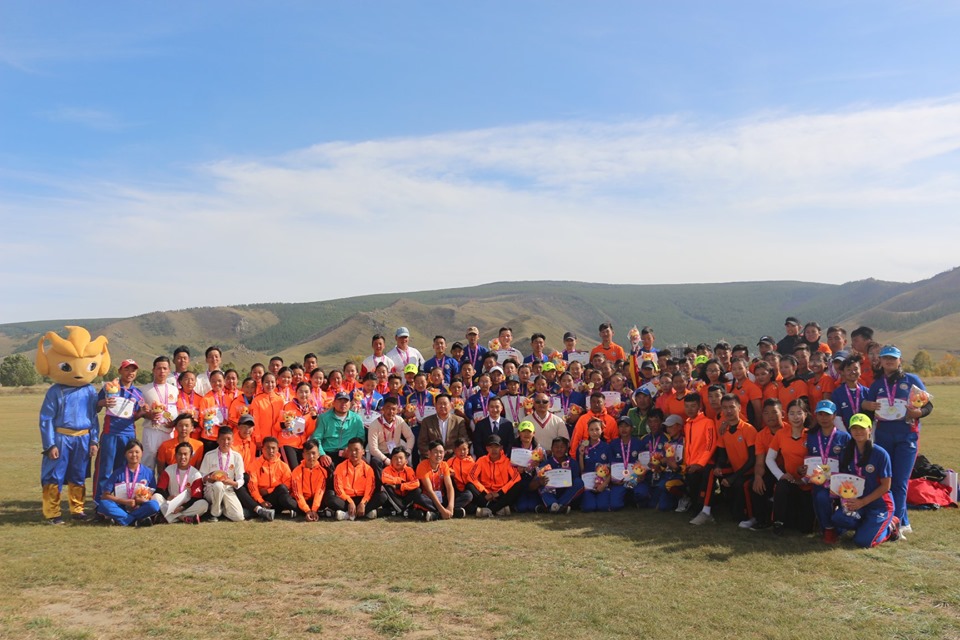
As a brand new sport, cricket faces stiff competition from the traditional triumvirate of wrestling, archery and horse racing. Furthermore, sports like basketball, football, table tennis and judo are also popular. Gombo admits that he has his work cut out. However, he is optimistic about the prospects of the younger generation taking up the sport in good numbers.
‘The younger Mongolian generation have a desire to play more international sports, especially team games. So far, the kids that we have introduced cricket to, they love playing it.’
The cricket association’s outreach programme in 2019 reached 16 schools, orphanages and universities, but as a non-ICC member, funds are limited. They have received a donation of land (1.78 Hectares) from the local government to build a second cricket ground in Bayankhongor, a small town situated 640 kms away from the capital city. Gombo is enthused by the community support from local businesses and individual donors whose monetary support has facilitated the building of nets and an artificial pitch. The ground remains under construction.

Regarding equipment, they are entirely dependent on donations from foreign organisations and cricket clubs.
‘Clubs in Sydney and Melbourne as well as Lord Taverners UK help us by donating cricket gear. We also hold fundraisers to raise money for buying cricket equipment,’ says Gombo.
Partnerships and ICC membership
Gombo has been clever in building strategic partnerships to grow the game.
‘Last December, I visited Sydney and met some cricketing people. We discussed things like organising events, gave invitations to umpires, met with some coaches and former international cricketers like Alex Blackwell. Alex has been a great help to us. She visited our country in 2018 to share her skills.’
MCA have been also graced with visits by Hong Kong based cricket clubs Craigengower and Lamma, with whom they have developed good relationships. Additionally, according to Gombo ‘cricket clubs in Taiwan and Singapore are quite keen to visit Mongolia to play tour games.’
However, Gombo’s immediate priority is securing ICC Associate membership as the ensuing funds, however small, would provide an annual source of income.
‘Our first goal is to become an Associate Member of the ICC. This would allow the youth in Mongolia to represent their country in international matches and also qualify for ICC events. In 2019, we sent our official application and official letter to the ICC CEO. Because of COVID-19, I think that they have been delayed in processing our application. We are very much looking forward to an ICC response, hopefully in the near future. I think that they will send someone to Mongolia to verify the application.’
Gombo admits that satisfying the criteria for membership can be a complex matter and he is thankful to the Asian Cricket Council (ACC) for support in this regard. Just recently, MCA hosted a new eight team T20 league, comprising four teams from Ulaanbaatar and four from other provinces. This helps fulfil one of the ICC membership prerequisites.
‘We made sure to send all the official scorecards and reports to ICC for verification purposes. After our T20 competition, we also organised a three-match 50 over one-day competition, which just finished at the end of September.’
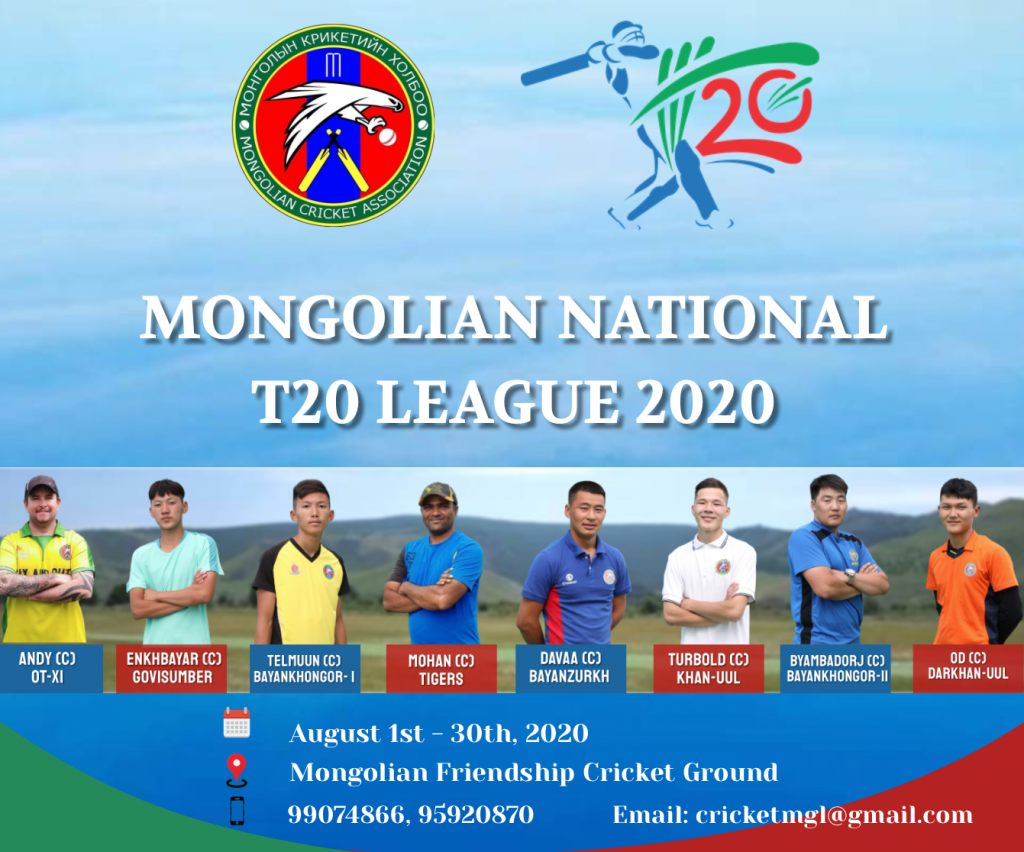
Government support
MCA also provides regular updates to the Mongolian government to keep them informed about their developmental and promotional efforts.
‘We are working with the Mongolian government and the local Olympic national committee. We really want to send our national team to the 2022 Asian Games.’
Gombo is also counting on support pledged by the Indian government.
‘Last year, the Mongolian President visited India and met with Prime Minister Narendra Modi. Our President asked the Indian government to support Mongolian Cricket. And they welcomed that suggestion.’
In the future, the MCA plans to send around 20 cricket students to India for further training. As preparation, these young athletes have been enlisted with the GAPE Center for English lessons.
‘Now our youth players are learning English. They just started their 2.5 months English course here to prepare for the Indian trip.’
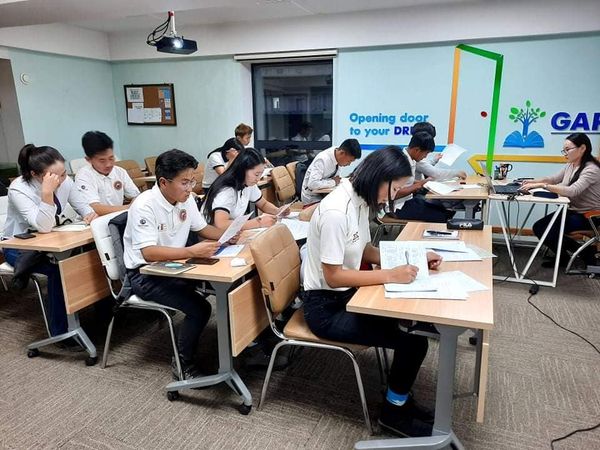
Despite the recent struggles with COVID-19, cricket development in Mongolia is on an upward curve. It is fascinating how Gombo has successfully adopted a rigid and traditional British game and infused it with a heavy dose of Mongolian culture. And to me, this really sums up what Associate cricket development in its remotest frontiers is all about.
You’re reading Emerging Cricket — brought to you by a passionate group of volunteers with a vision for cricket to be a truly global sport, and a mission to inspire passion to grow the game.
Be sure to check out our homepage for all the latest news, please subscribe for regular updates, and follow EC on Twitter, Facebook, LinkedIn and YouTube.
Don’t know where to start? Check out our features list, country profiles, and subscribe to our podcast.
Support us from US$2 a month — and get exclusive benefits, by becoming an EC Patron.

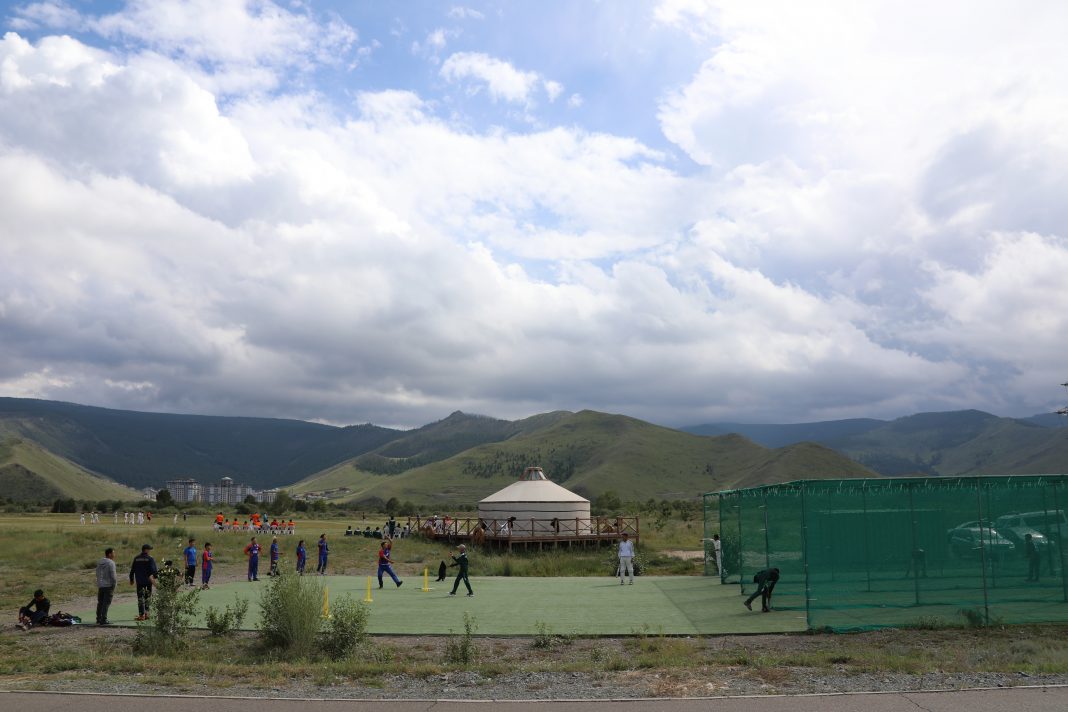
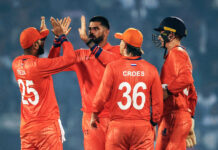

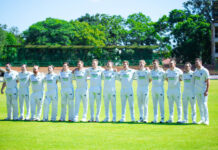
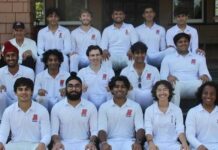


Inspiring story about cricket being a truly global game. Wishing Gombo success in this venture and fantastic what he has accomplished already.
Great article
Cheers Kobus!
I am fascinated and encouraged by this report. I was British Ambassador in Mongolia 1994-96, and I would never have imagined the developments that Gombo has brought about. I remember playing cricket just once with two teams of expatriates on a very rough surface in the UB stadium. I really hope that cricket takes hold and rivals the three manly sports!
Incidentally, I did encourage the Mongolian Darts Association to become affiliated to the international body, and to visit the UK. I do not know if that relationship has blossomed.
Hi Ian, thanks for your comment. Great to hear your perspective as an Ex British ambassador to Mongolia. Gombo has indeed done a tremendous job to grow the sport there, especially in the last few years.
This might interest you but similar cricket developments are also taking place in Central Asia; in Tajikistan & Uzbekistan. If you are interested in reading it, please feel free to check out the articles that I have written on those countries:
1) https://emergingcricket.com/insight/uzbekistan-becomes-the-newest-addition-to-the-stan-cricket-family/
2) https://emergingcricket.com/insight/full-membership-world-cup-dream-beckons-for-tajik-cricket-federation/
Thanks,
Shounak